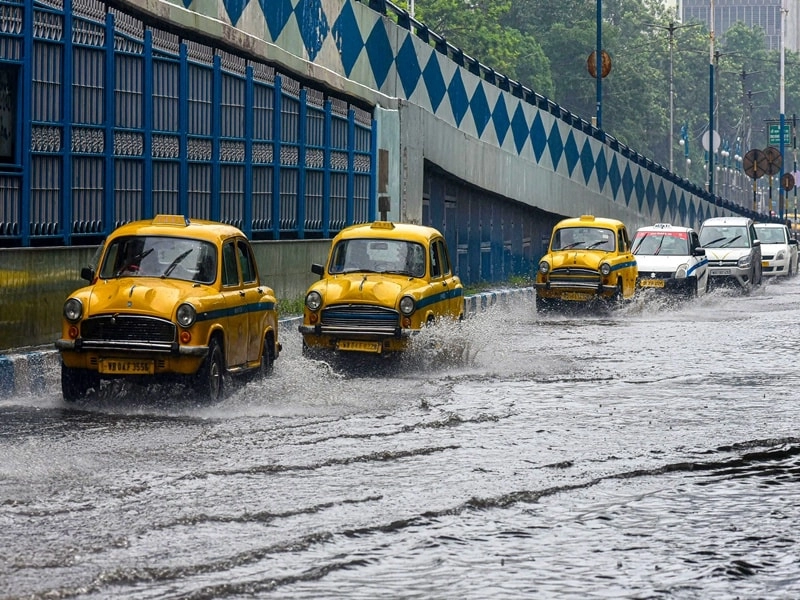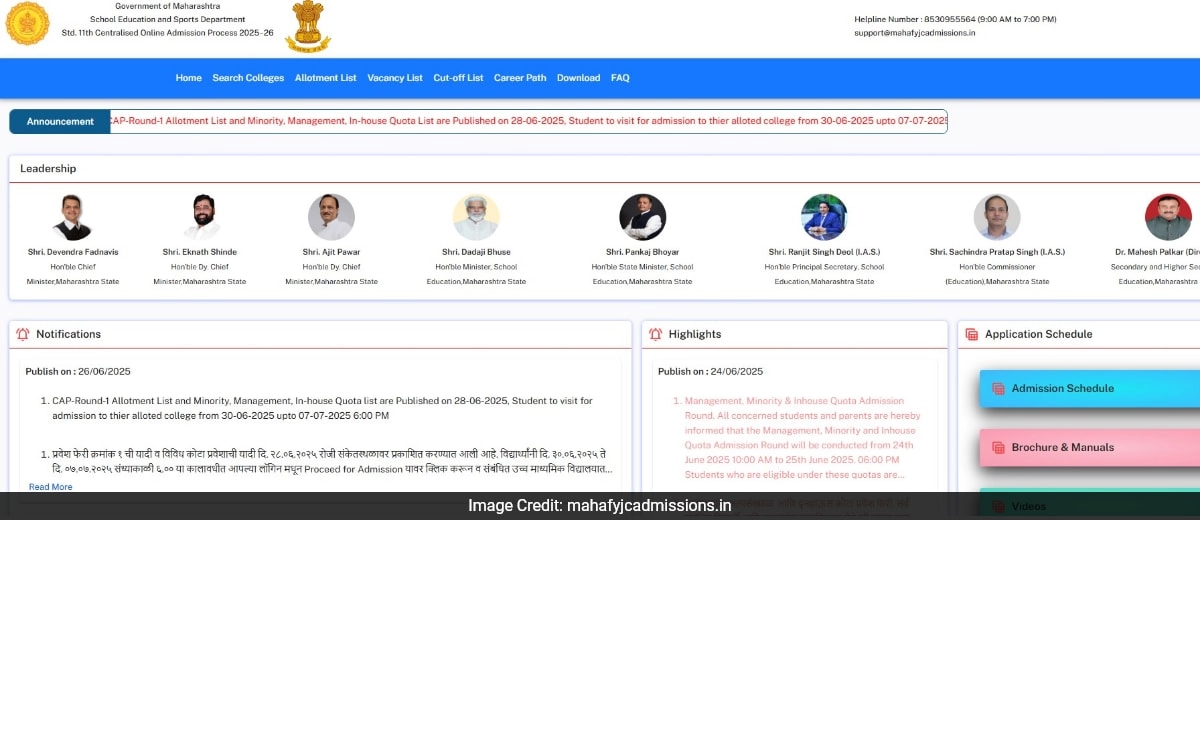The recent deluge that struck Kolkata has left the city grappling with an unprecedented rainfall event, showcasing a staggering 2663 percent increase in 24-hour precipitation levels compared to normal averages. This sudden and extreme weather phenomenon has not only disrupted daily life but has also raised concerns about the city’s preparedness to handle such severe climatic conditions. The rainfall, which many residents experienced as a torrential downpour, flooded numerous streets and localities, creating chaos in transportation and leading to significant property damage.
Meteorologists have pointed to various factors contributing to this alarming spike in rainfall, including climate change, urbanization, and shifting weather patterns. The rapid increase in rainfall over such a short period indicates an urgent need for urban infrastructure to adapt to new weather realities. Kolkata, like many other cities around the world, has been facing the brunt of climate-related adversities, and the recent events serve as a stark reminder of the vulnerabilities that urban areas face. The city’s drainage systems, which are often overwhelmed during heavy rains, need significant upgrades to cope with such extreme weather events.
Local authorities and meteorological departments are now under pressure to analyze the causes behind this significant rainfall increase and to develop effective strategies for disaster management and infrastructure resilience. The importance of early warning systems and efficient rainwater management strategies cannot be overstated, as these elements are crucial in mitigating the effects of future deluges. As Kolkata continues to recover from this deluge, the incident serves as a wake-up call for policymakers, urging them to invest in sustainable urban planning and climate adaptation measures to protect the city and its residents from similar occurrences in the future.
In conclusion, the recent 2663 percent increase in 24-hour rainfall in Kolkata is not merely an isolated weather event; it is a reflection of broader environmental changes and highlights the urgent need for proactive measures. The city must prioritize resilience-building efforts that encompass infrastructure improvements, community preparedness, and strategic planning to ensure that it can weather such storms in the future. As climate change continues to affect weather patterns globally, cities like Kolkata must adapt and innovate to safeguard their inhabitants against the increasing frequency and intensity of such climatic extremes.




